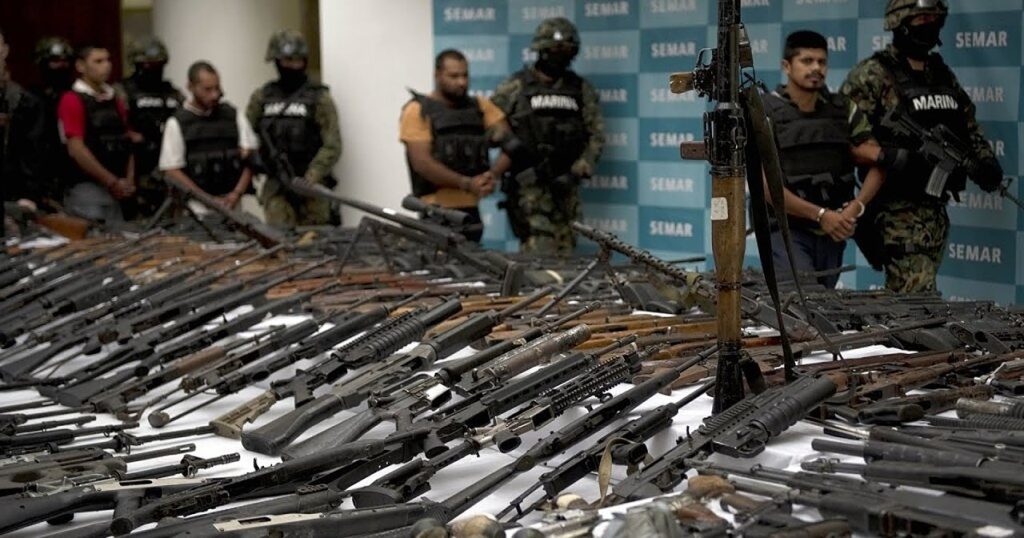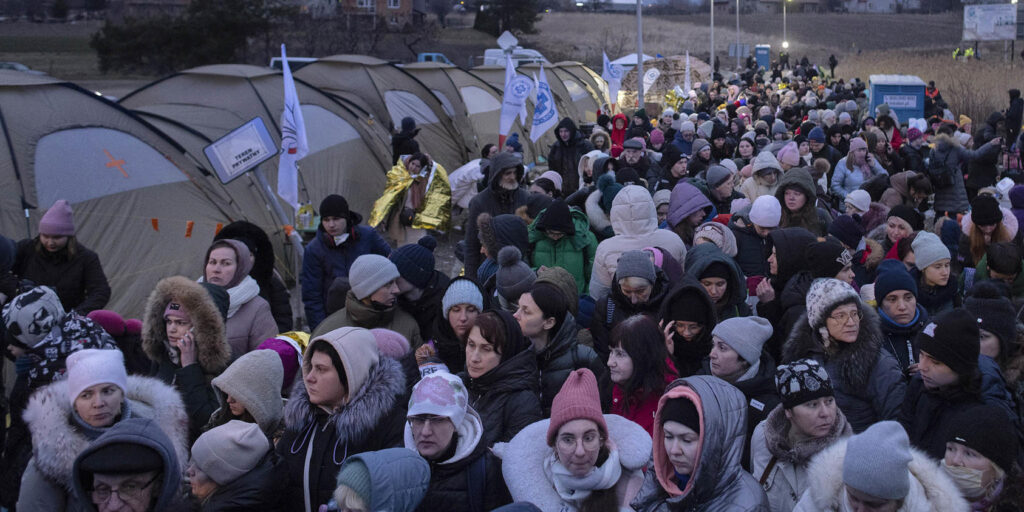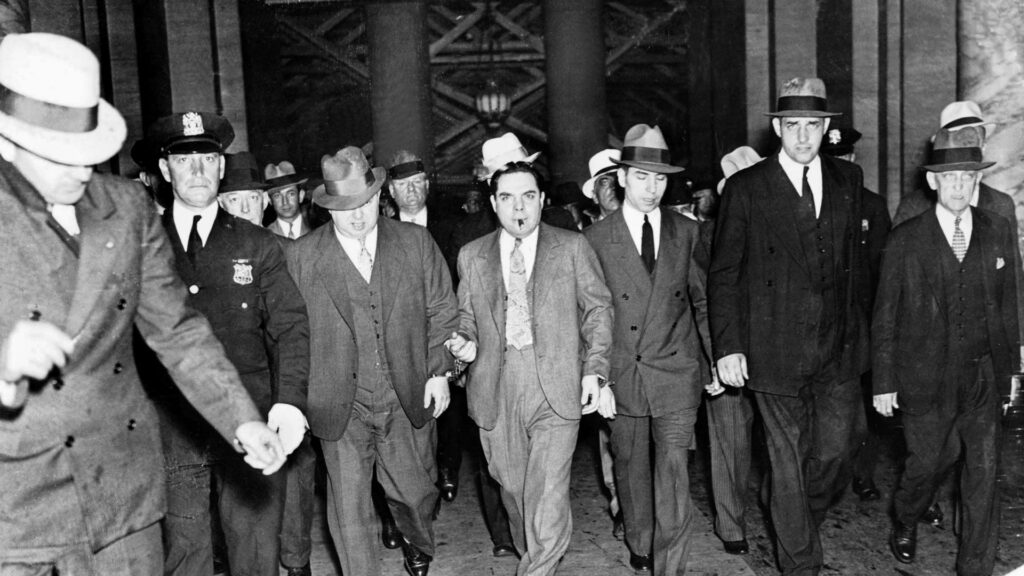Introduction: The ongoing conflict between Ukraine and Russia has resulted in immense human suffering, but beyond the direct battlefield, a more s
Introduction:
The ongoing conflict between Ukraine and Russia has resulted in immense human suffering, but beyond the direct battlefield, a more sinister layer exists. Criminal organizations, both local and international, have exploited the chaos for their benefit, playing a critical role in deepening the conflict. These mafias engage in arms trafficking, smuggling, human trafficking, and money laundering, often with far-reaching implications. This article sheds light on the negative influence mafias have had on the war and how they are profiting from the bloodshed.
1. Mafias Involvement in Arms Trade and Smuggling:

Mafias play a significant role in the illegal arms trade, one of the most profitable activities during conflicts. Ukrainian and Russian criminal networks have been involved in trading weapons to both military factions and non-state actors.
- Russian Mafia Connections: There are reports of links between Russian criminal organizations and Russian military or paramilitary groups. Groups like the Russian ‘Vory v Zakone’ (Thieves-in-Law) have been known to operate not just within Russia but also in other parts of Eastern Europe and Central Asia.
- Ukraine’s Smuggling Routes: Ukrainian mafias have also been involved in smuggling arms, drugs, and other illicit goods through the conflict zones, further escalating violence.
Reference Sources:
- RFE/RL: Russia’s Criminal Syndicates and Their Impact on the War
- The International Crisis Group: Arms Trade and Organized Crime in Ukraine
2. Human Trafficking and Exploitation of Vulnerable Populations:

In times of war, human trafficking skyrockets. Both Russian and Ukrainian mafias have been involved in the illegal movement of people across borders, often exploiting them for forced labor, sexual slavery, or as soldiers in paramilitary groups.
- Victimizing Civilians: Refugees fleeing war zones are highly vulnerable to human trafficking, with criminal organizations exploiting their desperation. Some mafias have set up trafficking routes from Ukraine to Russia and even to the EU.
- International Networks: Many of these traffickers have connections with international syndicates, facilitating a global criminal enterprise.
Reference Sources:
- UNODC: Human Trafficking and Organized Crime in Eastern Europe
- The Guardian: Human Trafficking in the Wake of War
3. The Political and Military Links of Mafias:

Some mafias are not operating independently; instead, they work hand-in-hand with government and military factions, either in Russia or Ukraine, enhancing the conflict’s complexity.
- Russian Government Involvement: Reports suggest that several mafia groups are deeply intertwined with Russian intelligence services (FSB) and the Russian government. These organizations facilitate covert operations, including weapon smuggling, cybercrime, and influencing political landscapes.
- Ukrainian Criminal Networks: Similarly, certain Ukrainian mafia groups have been involved in destabilizing regions, including Donbas, supporting separatists, and benefiting from war economies.
Reference Sources:
- Bellingcat: Russian Government and Mafia Ties
- Atlantic Council: The War Economy and Corruption in Ukraine
4. The Global Impact of Mafias on International Security:

The activities of criminal organizations have far-reaching consequences, affecting global security. Mafias involved in the conflict contribute to the illicit global arms trade, organized crime, and the proliferation of illegal resources.
- Weapons and Drug Trade: Weapons smuggling through Eastern Europe not only destabilizes Ukraine and Russia but also affects neighboring countries, as mafias create regional security threats.
- Financial Networks: Money laundering schemes help fund illegal operations, both in Russia and Ukraine, supporting further conflict. This disrupts financial systems and impedes peace efforts.
Reference Sources:
- The European Union: The Impact of Organized Crime on Security
- International Crime Victimization Survey
5. Exposing the Mafia Influence: Key Steps for Accountability:

To combat the mafias thriving off the Ukraine-Russia conflict, international cooperation is crucial. Strengthening anti-trafficking laws, improving border controls, and ensuring better monitoring of international financial transactions can help stifle these criminal operations.
- International Cooperation: Efforts like the United Nations Convention Against Transnational Organized Crime should be leveraged to enforce stricter measures.
- Prosecution and Accountability: Holding the key players accountable in both the Russian and Ukrainian mafia systems is vital. Legal frameworks need to target not only local criminals but the powerful networks that finance them.
Reference Sources:
- United Nations: The Role of International Law in Fighting Organized Crime
- Transparency International: Tackling Mafia Influence in Conflicts
Conclusion:
The Ukraine-Russia conflict has not only been a geopolitical crisis but also a battleground for organized crime. Mafias have long been a negative force, thriving off the chaos and destruction caused by the war. Exposing and confronting their operations is vital to reducing the suffering caused by this conflict and preventing future wars from being similarly exploited. The international community must work together to dismantle these criminal networks and restore peace to the affected regions.


COMMENTS